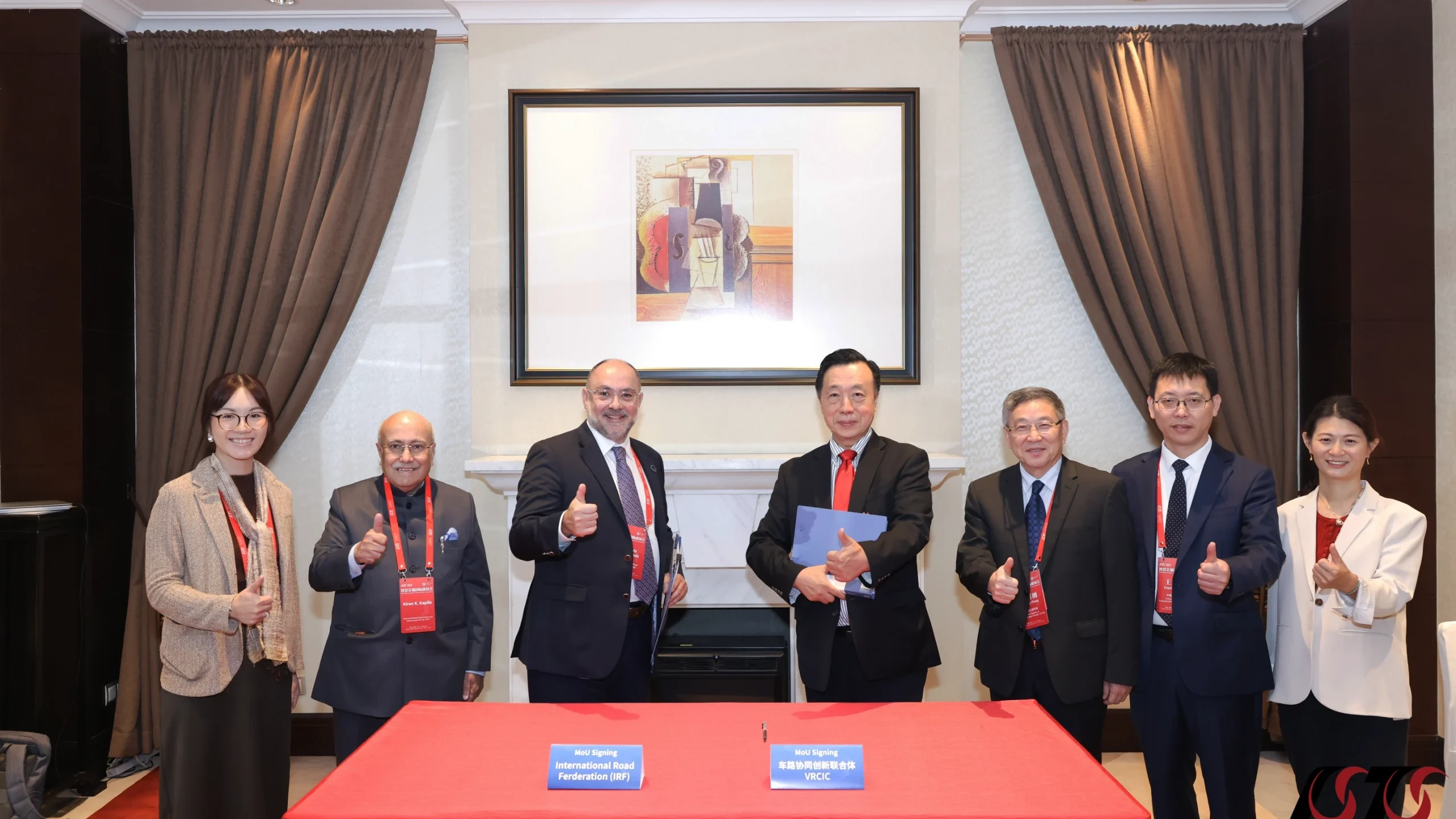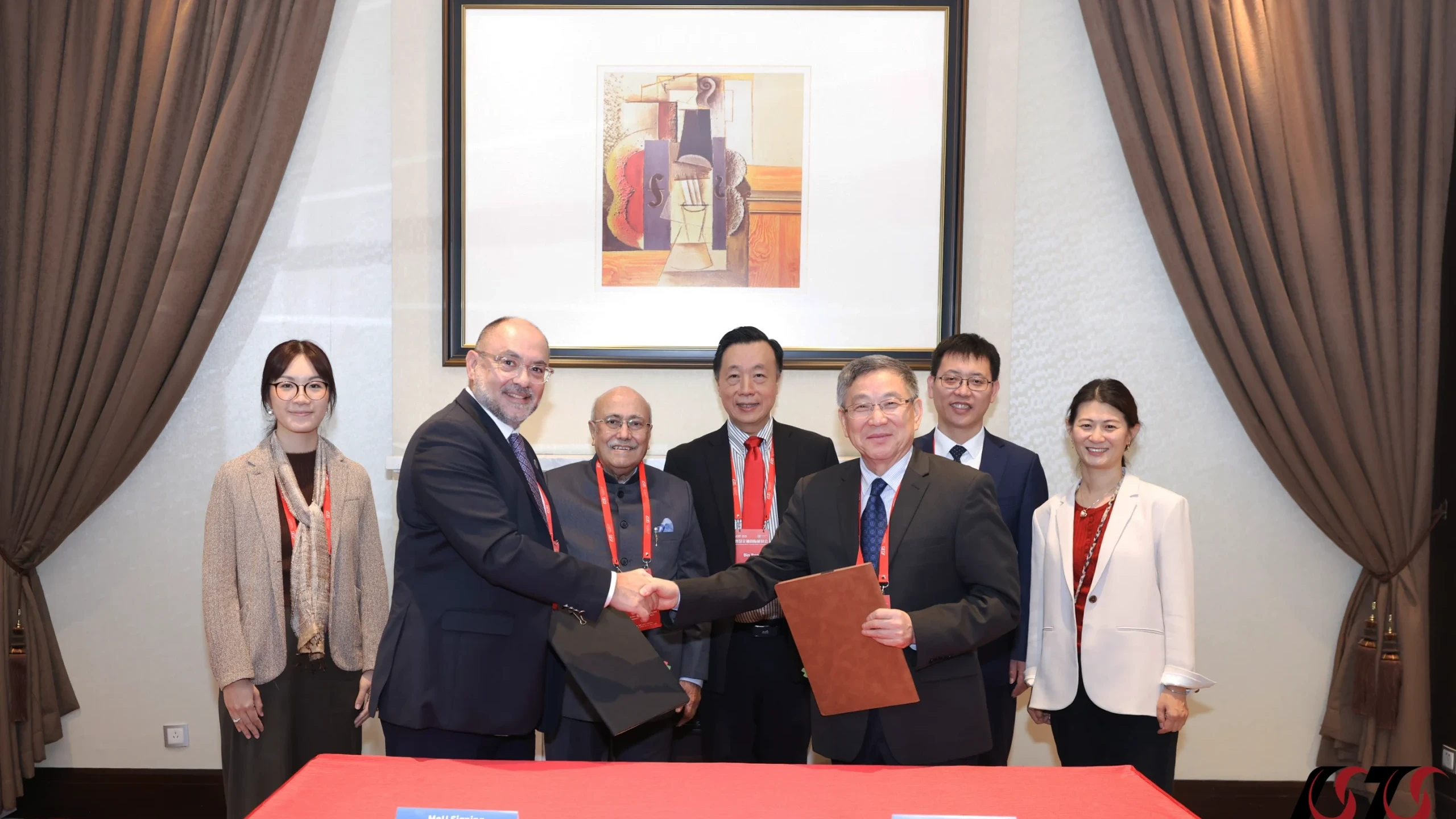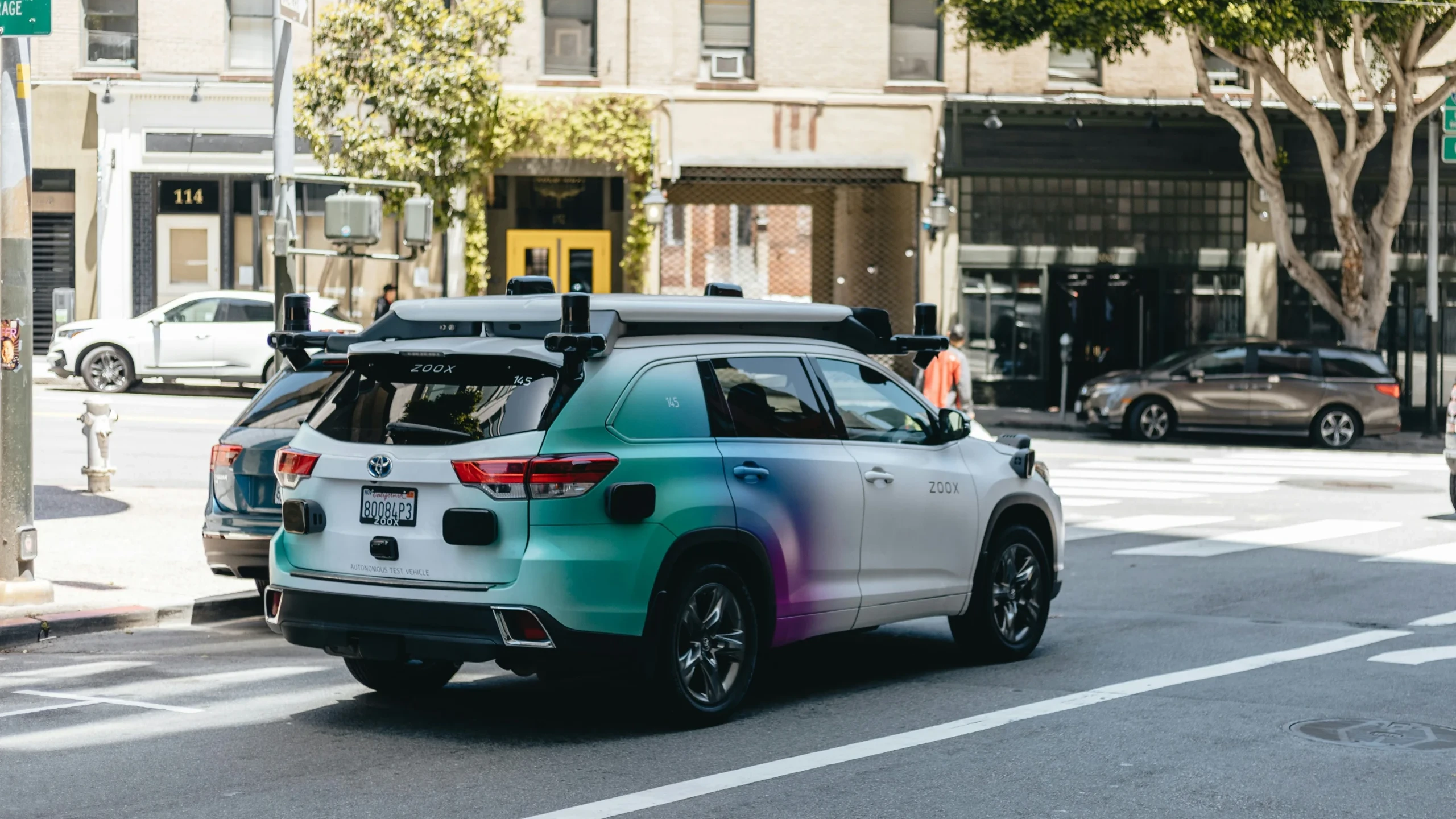Driving Innovation: IRF and CHTS Strengthen Collaboration in Smart Mobility Research
As part of the 2925 International Smart Transport Symposium (ISTS) co-hosted by the China Highway & Transportation Society (CHTS) and the IRF, the delegation visited Shenzhen and Beijing to explore pioneering examples of smart and sustainable mobility in action.
The visit forms part of the lead-up to the 2025 International Smart Transportation Symposium, which will focus on forward-looking and critical technologies in smart cities and smart transportation and their integrated domain. The Symposium will feature thematic presentations, high-level discussions, exhibitions, achievement releases, international competitions and academic paper submissions. It will gather government representatives, international organisation leaders, industry innovators, institutions and renowned experts to exchange insights on industry hotspots, cutting-edge topics and emerging innovations shaping the future of mobility.
In Shenzhen, the delegation visited Shenzhen Bus Group and WeRide to experience the city’s cutting-edge autonomous bus service. Shenzhen’s B888 Route, a Level 4 autonomous bus line, connects the Luohu Port border crossing to the MixC Mall. Equipped with over 20 advanced sensors, including lidar and high-definition cameras for 360-degree perception, these buses operate safely under the supervision of onboard safety personnel. The IRF delegation also learned about another pilot in the Qianhai District, where 20 self-driving minibuses operate across four routes, demonstrating how automation is enhancing daily urban mobility.
Continuing their study tour, the IRF delegation met with officials from the Tongzhou District Government in Beijing to gain insights into the district’s forward-thinking sustainable transport strategy. As Beijing’s urban sub-center, Tongzhou is redefining connected and low-carbon urban living through comprehensive planning and smart infrastructure.
Tongzhou’s ambitious “three-fast, two-main” road system and “eleven-horizontal, nine-vertical” backbone network have strengthened connectivity between the sub-center and central Beijing. The East Sixth Ring underground reconstruction project, China’s longest shield highway tunnel, has further improved mobility and reconnected previously divided urban areas.
Through its Smart Traffic 3.0 Expansion Project, Tongzhou has modernised more than 580 intersections with intelligent signal controls, real-time data integration and over 17,000 sensing devices. These advancements have increased arterial road speeds by 11% and reduced average vehicle delays by 32%, illustrating the tangible benefits of digital transformation in urban mobility management.
At the same time, the district continues to promote active and inclusive mobility by upgrading walking and cycling networks to enhance accessibility, comfort and safety for all road users.
The CHTS played a vital role in facilitating these meaningful exchanges with local authorities, enabling IRF representatives to gain first-hand insights into China’s innovations in transport technology and policy.
Representing IRF were Mr. Dimitrios Mandalozis, President of the International Road Federation, and Ms. Alice Yiu, Head of Advocacy and Outreach, who engaged with key counterparts including Mr. Han Song, Deputy District Head of Tongzhou District; Mr. Jia Fei, Director of the Transportation Comprehensive Affairs Center of Tongzhou District and Ms. Guan Nina, Director of the International Cooperation Department of CHTS.
IRF extends its gratitude to Shenzhen Bus Group and WeRide for their impressive demonstrations and insights into the real-world deployment of autonomous transport. Pilot projects such as these are essential for informing and inspiring the scaling of smart, sustainable mobility solutions in cities worldwide.




Latest News
- MoU signing between IRF and VRCIC to Advance Cooperative Vehicle-Infrastructure Technologies

- IRF and CHTS Strengthen Collaboration in Advancing Research in Autonomous Vehicles

- Driving Innovation: IRF and CHTS Strengthen Collaboration in Smart Mobility Research

- Hi-Drive Webinar Explores the Technology Enablers for Higher Vehicle Automation

- Introducing the IRF Start-Up 2025 Finalists

- Building Resilient Roads for a Safer and Connected Future

MORE NEWS
October 31, 2025
0 Comments5 Minutes
MoU signing between IRF and VRCIC to Advance Cooperative Vehicle-Infrastructure Technologies
The partnership between the IRF and VRCIC was officially sealed through a Memorandum of Understanding signed at the 2025 ISTS.
October 31, 2025
0 Comments7 Minutes
IRF and CHTS Strengthen Collaboration in Advancing Research in Autonomous Vehicles
The IRF and the CHTS formalised a new chapter of cooperation with the signing of a MoU during the 2025 ISTS.
October 22, 2025
0 Comments3 Minutes
Hi-Drive Webinar Explores the Technology Enablers for Higher Vehicle Automation
IRF and the Hi-Drive European Project launch session on “Technology Enablers for Higher Vehicle Automation & Operations: Testing…
October 13, 2025
0 Comments6 Minutes
Building Resilient Roads for a Safer and Connected Future
International Day for Disaster Risk Reduction: Prioritising resilient roads
October 10, 2025
0 Comments2 Minutes
IRF launches International Registry for Road Safety Auditors Training Programme in India
IRF Kicks-Off the International Registry training program in New Delhi, India.












